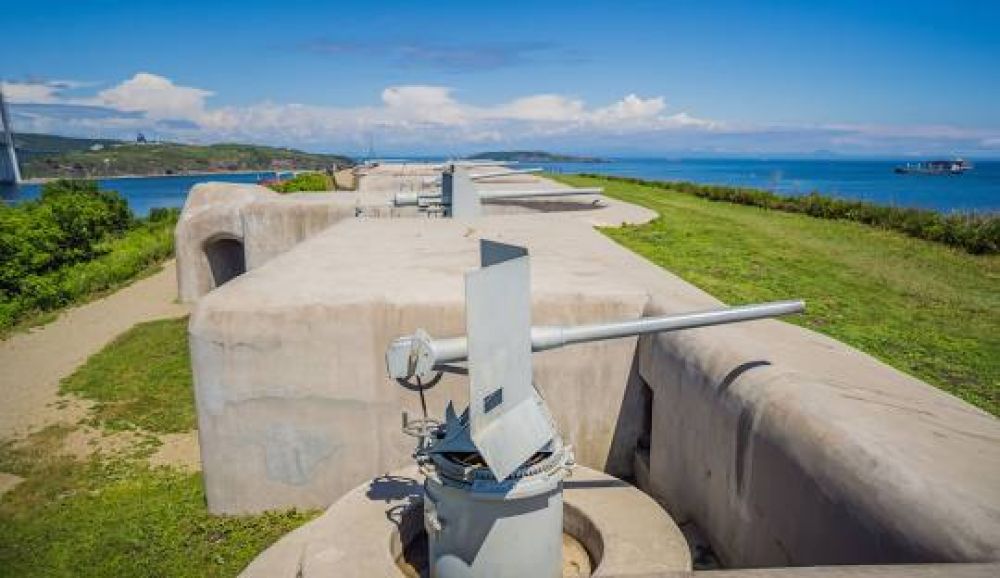

Vladivostok, located in the far east of Russia, is a city that has been a pivot of naval strength and strategy. Among its numerous attractions, the Vladivostok Fortress stands as an impressive testament to the erstwhile military might of the region. Built in the late 19th century, the fortress was initially designed to defend the Pacific coastline of the Russian Empire against naval attack.
The history of Vladivostok Fortress begins in the 1870s when Russia sought to strengthen its position in the Far East. Construction of the fortress was in response to growing political tensions in East Asia, particularly as Russia eyed competition with other imperial powers. It became one of the most fortified defense establishments in the world for its time, with a network of underground tunnels, batteries, and forts that dot the landscape around Vladivostok.
Over the years, the fortress played a crucial role in both the Russo-Japanese War and World War I. After these conflicts and the subsequent Russian Revolution, the fortress lost some of its military significance, but its mammoth structures have continued to captivate visitors.
Tourism to Vladivostok Fortress began to take shape as a historical attraction in the post-World War II era, though the extent was limited due to the city's status as a closed military area during the Soviet era. With the dissolution of the Soviet Union, Vladivostok opened up, and the fortress saw a new life as a cultural heritage site.
In recent years, there is a growing trend of historical and military tourism in Vladivostok. Enthusiasts from around the world travel to explore the remnants of the Vladivostok Fortress. They often participate in guided tours that offer insights into the complex history of the fortress and Russia's military past. Museums have been established within some of the old facilities, where visitors can view military artefacts, uniforms, and armaments from the days of the fortress's active duty.
Another tourism trend in Vladivostok, including the fortress area, is eco-tourism. The natural surroundings of the fortress provide an excellent opportunity for walks and picnics where tourists can enjoy the historical sites along with the beauty of the East Sea. Vladivostok is also becoming a popular cruise ship stop, introducing a wider array of international tourists to the fortress and the region's other attractions.
Presently, Vladivostok Fortress is not only a site for history buffs but also a place for cultural events and festivals. Its open areas and historical buildings serve as unique venues for these activities. On top of its historical draw, the fortress offers panoramic views of Vladivostok and the surrounding sea, making it a picturesque destination within Russia's expansive tourism array.
With its blend of history, culture, and natural beauty, Vladivostok Fortress continues to be a significant and ever-evolving tourist destination that tells the story of a crucial period in Russia's past while offering a unique experience for modern-day travelers.